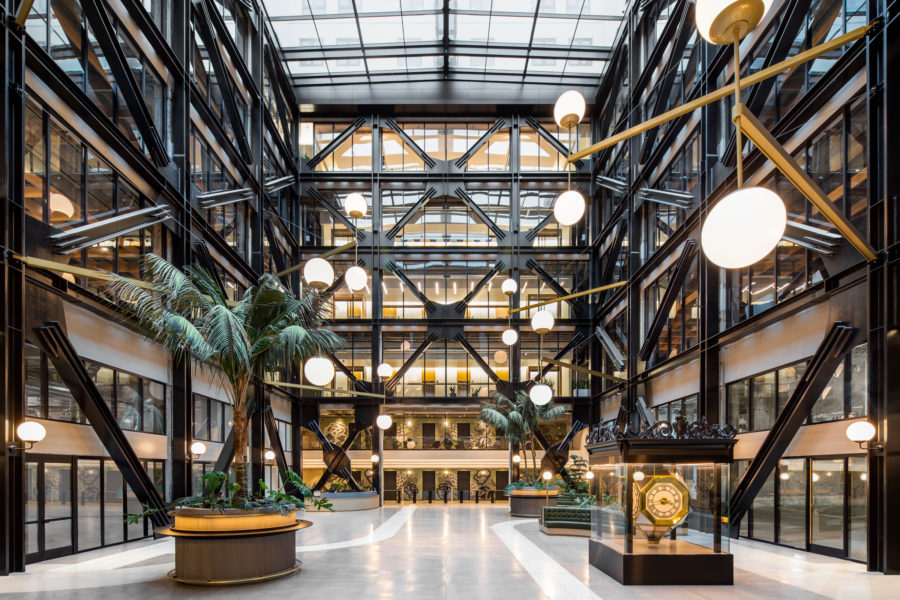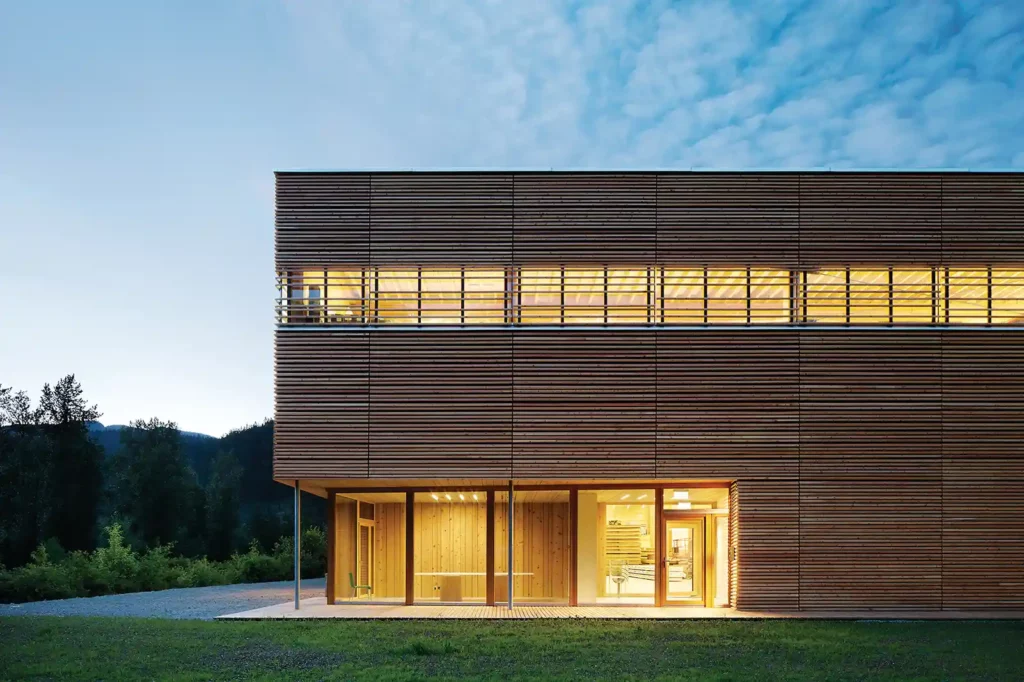
Introduction: Embracing the Green Movement
The concept of sustainable living focusses on greener choices. One of the areas where individuals can make a significant difference is in home construction and improvement. Green construction DIY tips offer pathways to reduce our ecological footprint while building and renovating homes. From eco-friendly materials to energy-efficient designs, these tips help homeowners and real estate developers navigate the world of sustainable construction.
Understanding the Basics of Green Construction
What is Green Construction?
Green construction refers to building methods that aim to minimize environmental impact. This involves using sustainable materials, conserving water and energy, and reducing waste.
Importance of Green Materials
Green materials are those that are sustainable, renewable, and have minimal environmental impact. They play a crucial role in green construction by providing eco-friendly alternatives to traditional building materials.
Sustainable Building Materials
Reclaimed Wood
Reclaimed wood is an excellent choice for sustainable building. It gives old wood new life and adds character to a construction project.
Bamboo
Bamboo is a rapidly renewable resource, making it an ideal choice for flooring and cabinetry. Its strength and flexibility add to its eco-friendly credentials.
Energy-Efficient Designs and Features
Solar Panels
Installing solar panels is a powerful way to reduce reliance on non-renewable energy sources. They can significantly decrease energy bills and contribute to a sustainable energy system.
Intelligent Lighting Systems
Intelligent lighting systems use sensors and automation to manage lighting. They ensure efficient use of energy and can be easily incorporated into DIY home projects.
Water Conservation Strategies
Rainwater Harvesting
Rainwater harvesting systems collect and store rainwater for landscaping and other non-potable uses. This reduces the demand on municipal water supply and is a sustainable choice for homeowners.
Low-Flow Fixtures
Installing low-flow fixtures, such as faucets and showerheads, is a quick and effective way of reducing water consumption in the home.
Waste Reduction Techniques
Composting
Composting kitchen and yard waste reduces the amount of garbage sent to landfills. It also produces valuable compost for gardening projects, further enhancing sustainability.
Recycling Building Materials
Recycling leftover building materials and debris helps reduce waste. These materials can be reused in other projects, saving money and resources.
Innovative Green Home Design
Passive Solar Design
Passive solar design takes advantage of natural sunlight for heating. Designing homes to maximize sun exposure in the winter while minimizing it in the summer can greatly reduce energy needs.
Green Roofs
Green roofs are covered with vegetation and provide insulation while reducing urban heat. They are an innovative way to improve the sustainability of a building.
Conclusion: Building a Greener Future
Incorporating green construction DIY tips into home projects not only benefits the planet but also enhances the quality and efficiency of your home. Embrace these practices to contribute to a sustainable future. Learn more about sustainable building practices at the Fortune Business Insights website.

FAQs
What materials are considered green for construction?
Materials like bamboo, reclaimed wood, and recycled steel are considered green due to their renewable and sustainable properties.
How can I make my home more energy-efficient?
Incorporating solar technology, intelligent lighting, and proper insulation are a few ways to enhance energy efficiency. Check out this article on electricity usage of pool pumps for additional insights.
Are there easy methods for reducing water usage at home?
Yes, using low-flow fixtures and rainwater harvesting systems are simple and effective methods to conserve water. You can read more about installing pool light for efficient lighting solutions.
This article contains affiliate links. We may earn a commission at no extra cost to you.



